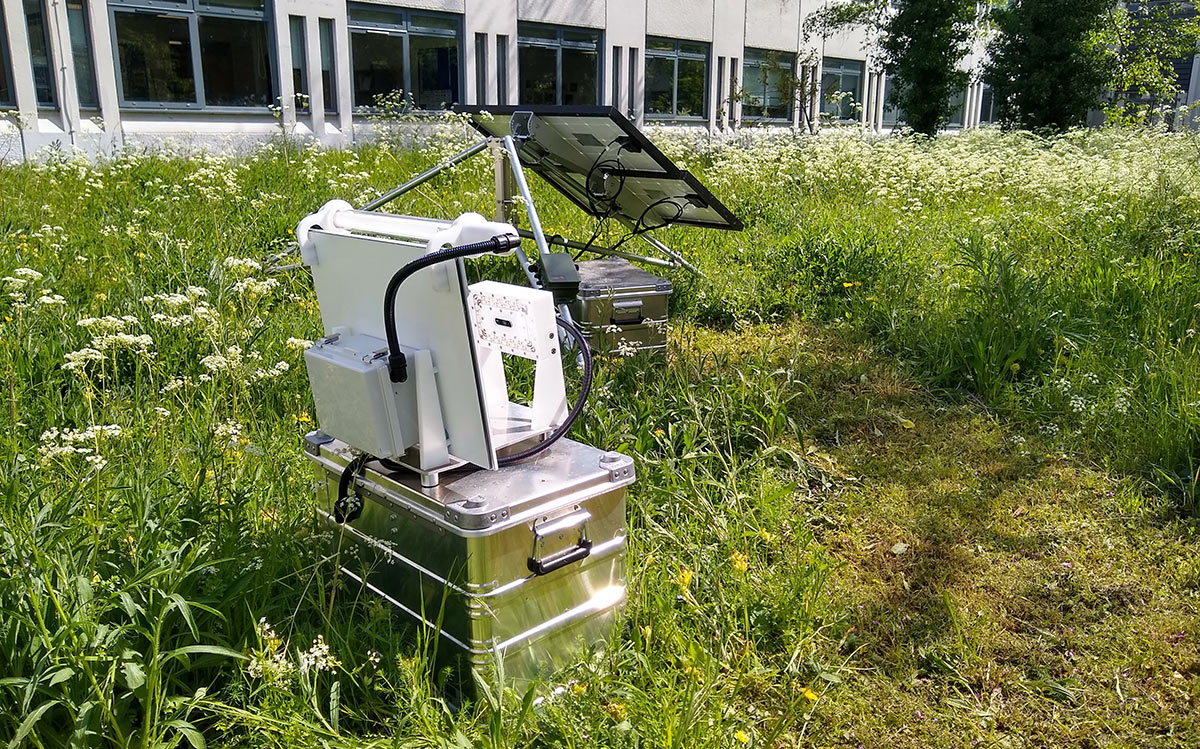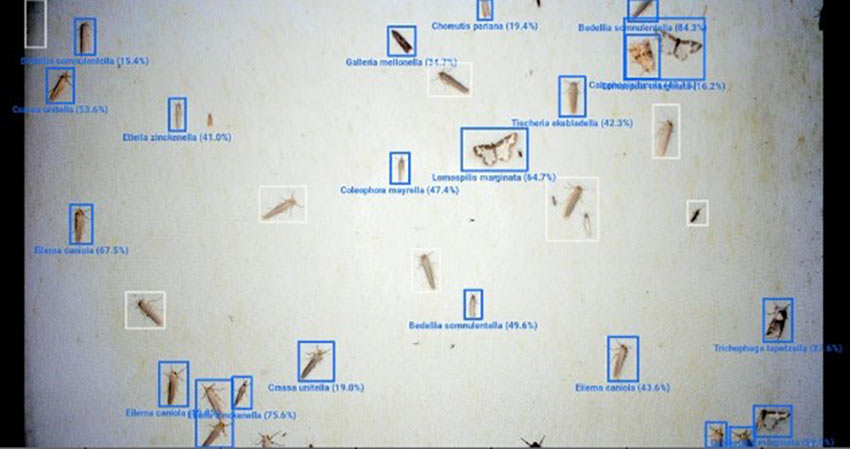-
Notifications
You must be signed in to change notification settings - Fork 3
Introduction
The Automated Monitoring of Insects Data Companion (AMI-DC)is a freely available web application that makes it easy to organize, display, analyze, and store data and metadata for installations of automated monitoring machines for insects.
Mounting evidence suggests that populations of insects around the world are in sharp decline. Understanding trends in species and their drivers are key to knowing the size of the challenge, its causes, and how these factors vary in both space and time. In order to know this, we need robust methods for monitoring species that minimize bias and maximize the quantity and quality of data collected.
The AMI-DC was designed for the AMI-trap, a platform for long-term, autonomous monitoring of moths, but it can be used by a wide range of automated moth monitoring devices and other insect monitoring machines in the future. Combining robust lighting for attracting insects with high resolution cameras, the AMI-trap can provide practical and cost-effective solutions for standardized monitoring. The AMI-trap combines computer vision and an autonomous imaging system to capture images of moths in the field, while AMI-DC app locates each moth in the image, and classifies them to species. AMI-traps have been deployed in the UK, Canada, USA, Cyprus, Panama and Argentina, with plans to expand to even more regions globally.
Images collected can be processed through AMI-DC, which has classifiers for the UK and Denmark, as well as Vermont, USA and Quebec, Canada. The AMI-DC detects all moths in the images and attempts to identify them to species, while providing the uncertainty of the predication. Each prediction can be reviewed by a user. All data, sampling-events and occurrences, can be exported for further analysis.
Mila, Space for Life, UK Centre for Ecology & Hydrology, Vermont Atlas of Life


